- 6min
- 24625
- 0
Looking for an easy-to-understand, quick guide for understanding battery amp hour? If the answer is yes, you’ve come to the right place. Comparing different batteries and choosing the right battery, maintaining your battery, estimating runtime, and designing systems that rely on batteries, require knowing a thing or two about battery ah meaning.
Battery Ah Meaning
What is an ampere-hour? To define the meaning of battery ah, you need to know a bit about battery capacity and battery rating. So, let’s first introduce them to you.
What Is Battery Ah Capacity?
This criterion refers to the amount of charge a battery can store and deliver. Emphasizing the battery’s ability to hold and let out electrical energy, is measured in ampere-hour or Ah.
For instance, a 10 Ah battery rating means the battery can provide you with 1 ampere for 10 hours, 2 amperes for 5 hours, and so on.
Win Big with Our Profitable Deals on batteries & chargers suppliers
The battery capacity varies in different types of batteries due to several factors and reasons. Here’s a table to show you that capacity of batteries with different chemistries.
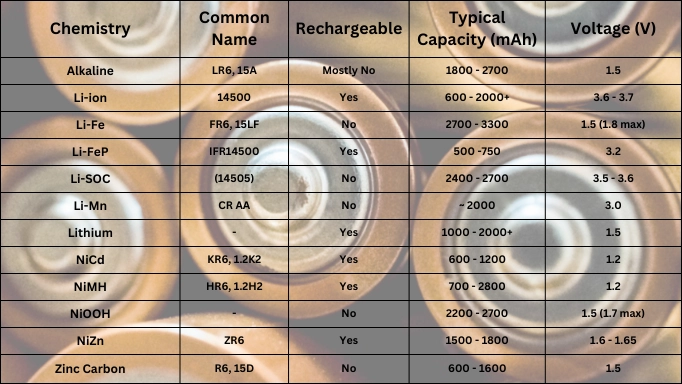
If you want to know more about battery efficiency and its types, you can read the article Understanding of Rechargeable Batteries
22VFast charger 4A Ronix 8693
What Is Battery Ah Rating?
The battery Ah rating encompasses a wider range of criteria based on which you can evaluate a battery efficiency. The battery rating is provided by the manufacturing company. These criteria consist of:
- Capacity rating: how much charge can the battery store and deliver
- Voltage rating: the average voltage the battery operates at over its typical usage period
- Chemistry type: like the table above, it describes the chemistry of the battery
- Discharge and charge rates (C-rating): how quickly a battery can be charged or discharged relative to the battery capacity
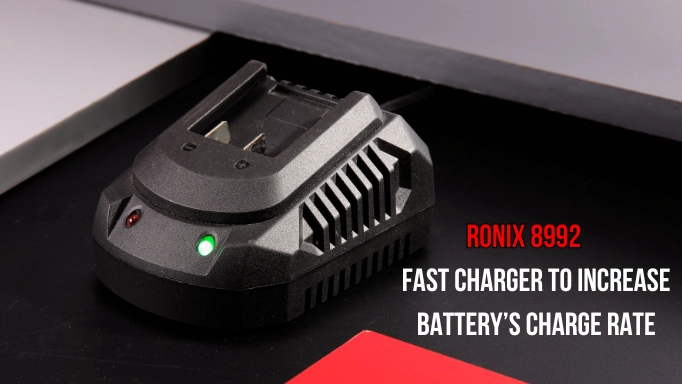
Our Suggestion:
20V Brushless Fast Charger 2.2A+2.2A Ronix 8994
20V Battery 4A-Brushless series Ronix 8991
- Cycle life: the number of charges and discharges a battery can handle before its capacity start to diminish significantly
- Operating temperature range: the optimum range of temperatures in which the battery can operate efficiently
- Self-discharge rate: how quickly the battery loses its charge when it’s not being used
- Dimensions and form factor: the physical size, shape, and design of the battery
All of these combined, can determine the battery efficiency.
So, now let’s get back to the battery ah. A 5 Ah battery meaning is that we can theoretically draw 5 amps constantly for 60 minutes before draining the battery. That’s under ideal circumstances: optimal temperature, no vibration, and constant power.
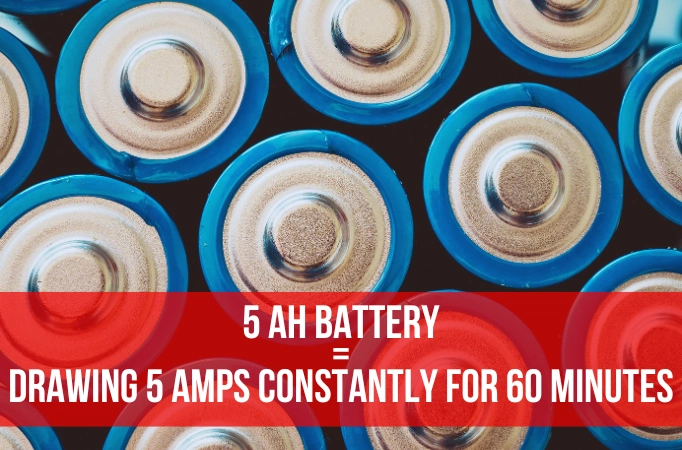

We hope that up until this point, you have an easy time understanding battery amp hours but to review, Ah is a unit used to measure the capacity of a battery. But in what fields is the Ah used?
📌 In X-ray imaging, diagnostic imaging, and radiation treatment, a milliampere second (mAs) is a unit of measurement. This value is proportional to the total X-ray energy generated by a certain X-ray tube at a specific voltage. In a battery system, for example, correct estimation of the energy provided needs integration of the power delivered (product of instantaneous voltage and instantaneous current) across the discharge period to assist in representing energy. The battery voltage changes during discharge in most cases; an average or nominal value can be used to approximate power integration.

Batteries in Series vs Parallel
Series and parallel are two different ways you can assemble a battery-operated circuit. Let’s see the differences between these two as it’s necessary for designing power systems and also what happens when connecting batteries in series and parallel.
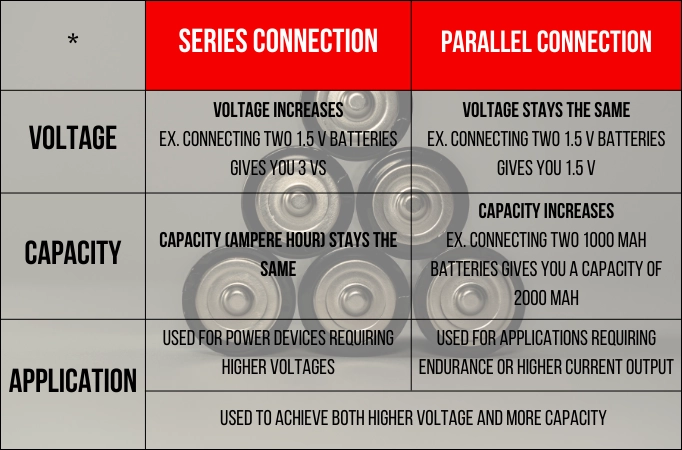
What is the difference between a 2Ah and a 5Ah Battery Ah?
A 2 Ah battery delivers a lower amount of charge compared to a 5 Ah battery as it has a larger capacity. The 5 Ah battery can power a device longer than a 5 Ah battery. Also, the 5 Ah one might be larger and heavier.
Why Do Longer C-Ratings Require More Amp Hours?
You might be wondering why a battery gives more power when it runs longer rather than less power when it runs shorter. It’s normal to assume that a battery that lasts 100 hours will give less amp hours than one that lasts only five. This is because the battery needs to conserve power in order to last. The fact is that quickly discharging batteries generate a significant amount of heat. The battery efficiency is harmed by the heat. As a result, when you rapidly empty a C-5 battery, you lose part of its potential power simply because the battery gets hot. The C-100 battery, on the other hand, is draining at a far slower rate and will be significantly more efficient.
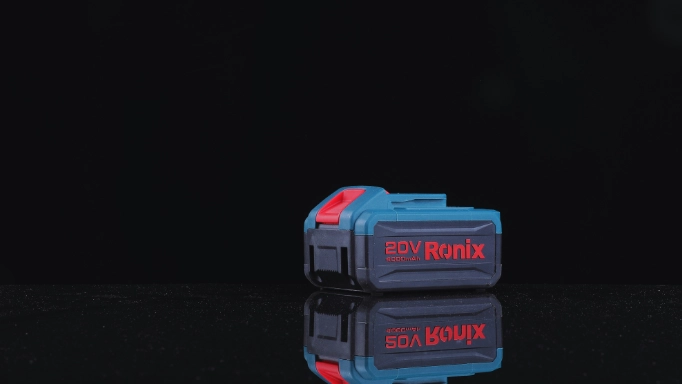
What is Milliampere Hour?
Milliampere hour is basically a smaller unit derived from the ampere-hour. One milliampere-hour (1 mAh) equals to one-thousandth of an ampere-hour (0.001 Ah). This unit is mostly used for smaller batteries in devices such as smartphones, digital cameras, and other gadgets.
Are AC and DC Amps the Same?
These terms refer to the different types of electrical currents. AC stands for alternative current and DC stands for direct current. In AC the flow of electric charge reverses direction regularly and its polarity changes frequently. In DC, the flow moves in only one direction and has a single polarity.
So, the ampere-hour stays the same for both currents, the current flow and its behavior in each are different.
All in all, the key to obtaining a battery that will assist you through your daily routine is to know how many amp hours it supplies.
FAQ ❓
Is a battery Ah with a greater rating better?
A greater Ah battery, on average, is better for producing more current, which translates to more power in watts.
How long is the battery Ah going to last ?
The capacity of a battery is measured in Ampere Hours (AH). The Ampere Hour is defined as the number of hours a battery will endure if it is charged at one Ampere.

Sarah
12 December 2021


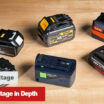





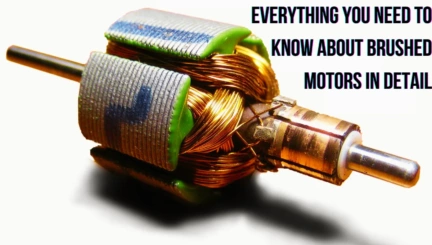

Thanks for sharing Relevant Information
Very helpful